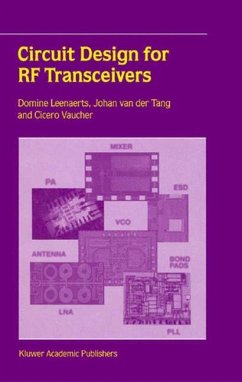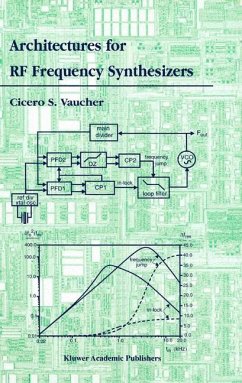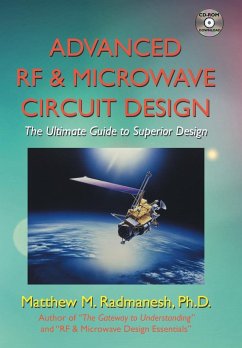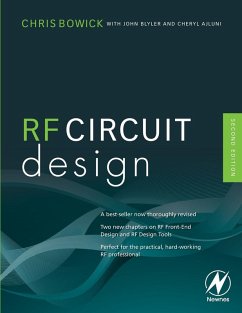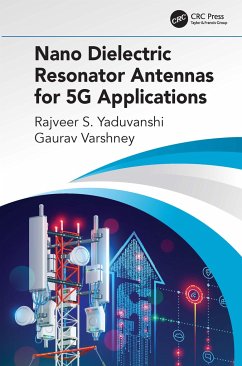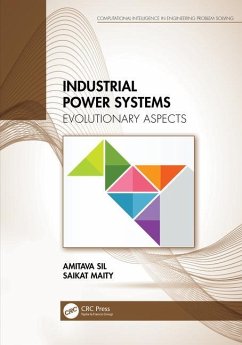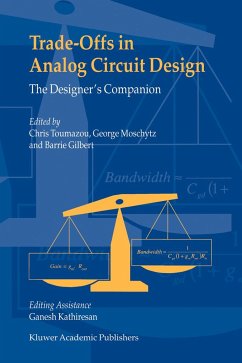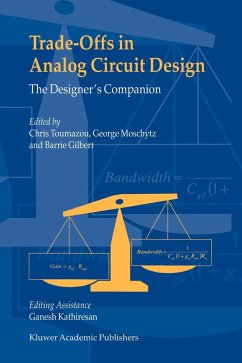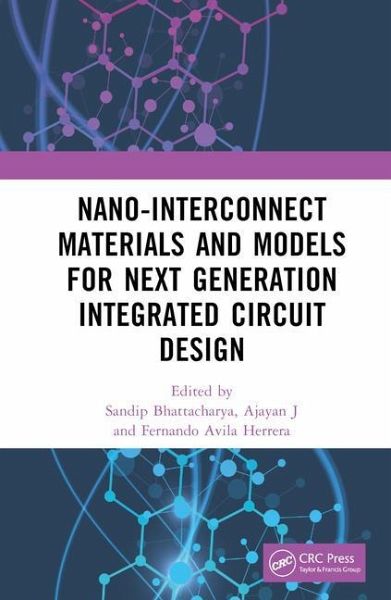
Nano-Interconnect Materials and Models for Next Generation Integrated Circuit Design
Versandkostenfrei!
Versandfertig in 6-10 Tagen
138,99 €
inkl. MwSt.
Weitere Ausgaben:

PAYBACK Punkte
69 °P sammeln!
Aggressive scaling of device and interconnect dimensions has resulted in many low-dimensional issues in the nanometer regime. This book deals with various new-generation interconnect materials and interconnect modeling, and highlights the significance of novel nano-interconnect materials for 3D integrated circuit design. It provides information about advanced nanomaterials like carbon nanotube (CNT) and graphene nanoribbon (GNR) for the realization of interconnects, interconnect models, and crosstalk noise analysis.Features:- Focuses on materials and nanomaterials utilization in next-generatio...
Aggressive scaling of device and interconnect dimensions has resulted in many low-dimensional issues in the nanometer regime. This book deals with various new-generation interconnect materials and interconnect modeling, and highlights the significance of novel nano-interconnect materials for 3D integrated circuit design. It provides information about advanced nanomaterials like carbon nanotube (CNT) and graphene nanoribbon (GNR) for the realization of interconnects, interconnect models, and crosstalk noise analysis.
Features:
- Focuses on materials and nanomaterials utilization in next-generation interconnects based on carbon nanotubes (CNT) and graphene nanoribbons (GNR).
- Helps readers realize interconnects, interconnect models, and crosstalk noise analysis. - Describes hybrid CNT- and GNR-based interconnects.
- Presents the details of power supply voltage drop analysis in CNT and GNR interconnects.
- Overviews pertinent RF performance and stability analysis.
This book is aimed at graduate students and researchers in electrical and materials engineering, and nano-/microelectronics.
Features:
- Focuses on materials and nanomaterials utilization in next-generation interconnects based on carbon nanotubes (CNT) and graphene nanoribbons (GNR).
- Helps readers realize interconnects, interconnect models, and crosstalk noise analysis. - Describes hybrid CNT- and GNR-based interconnects.
- Presents the details of power supply voltage drop analysis in CNT and GNR interconnects.
- Overviews pertinent RF performance and stability analysis.
This book is aimed at graduate students and researchers in electrical and materials engineering, and nano-/microelectronics.





